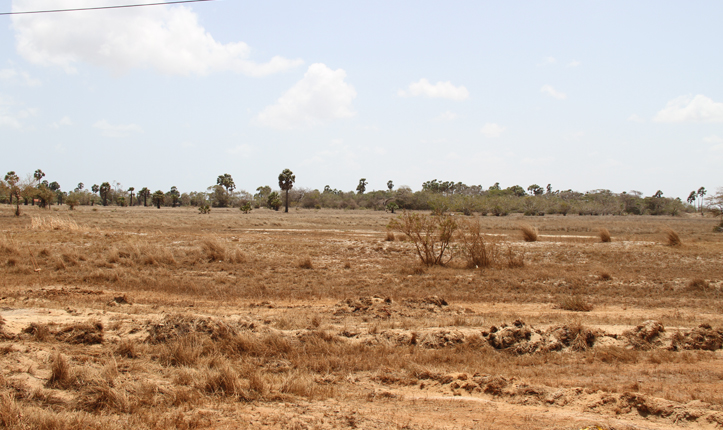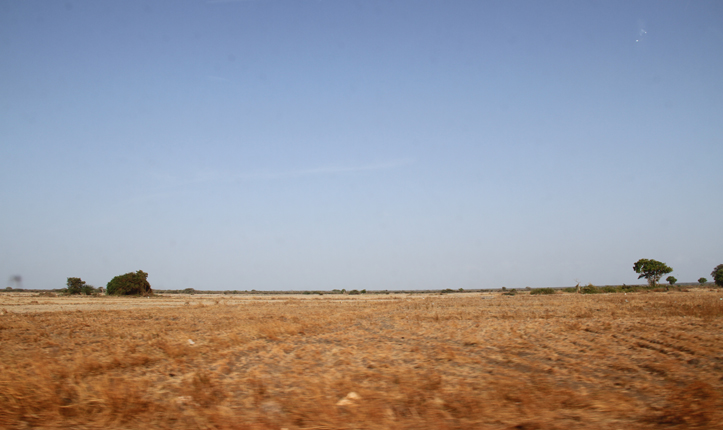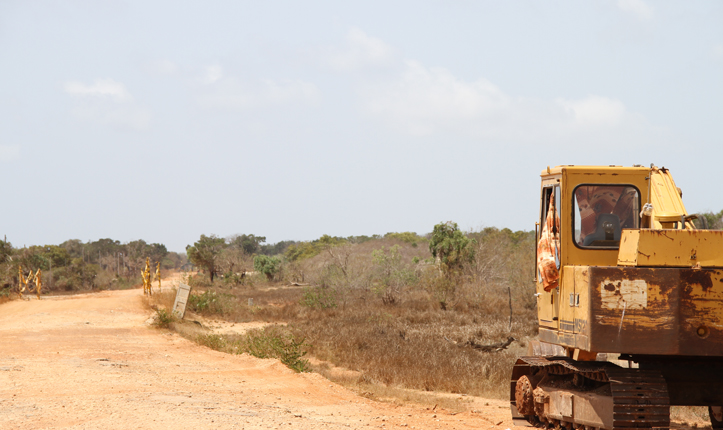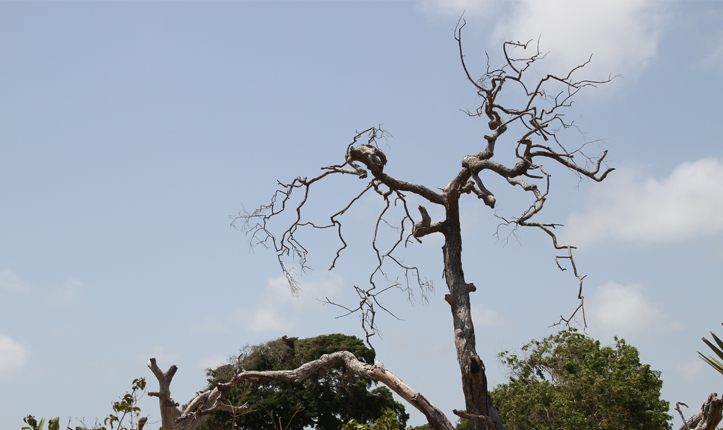Drought and food crisis pile on misery for over 1.8 million people in Sri Lanka
By Mahieash Johnney in Colombo, Sri Lanka
22/10/2012 – Colombo, Sri Lanka: Since early October there have been continuous rains in all parts of Sri Lanka. Usually these rains are welcomed during a long lasted dry season but now the rains have proved to be a challenge for farmers and people in the island who were battered by a severe drought since end of last year.
The International Federation of Red Cross Red Crescent Societies (IFRC) and the Sri Lanka Red Cross Society have launched a 1,102,834 Swiss Francs (approx. 1,187,630 USD) appeal to support 20,000 families affected by the drought who would become more vulnerable with the change of weather.
In the northern province alone the government says that over 60 percent of rice harvest could be lost because of the months’ of drought affecting an estimated 1.8 million people in Sri Lanka. The worst affected districts are experiencing substantial harvest failure, water scarcity, and deteriorating pasture conditions.
“Sri Lanka has two monsoons, the northeast and the southwest. In the past two years these monsoons did not bring the rains it should have bought”, says the President of Sri Lanka Red Cross Society (SLRCS) Jagath Abeysinghe.
Now the rain is aggravating the problems faced by the people in the worst affected areas of Anuradhapura, Polonnaruwa, Putalum, Kurunegala, Monaragala, Hambantota and Mannar.
“Due to the drought many failed to yield a good harvest or to cultivate in the first part of the year. This means people have less money to buy seeds for the next season they should cultivate or to survive until the next dry season,” Abeysinghe says.
Bob McKerrow, the Head of Delegation of IFRC in Sri Lanka says: “Even though it started to rain just few days back, this rain is not going to help the people who suffered from the drought. They lost majority of their crop and consequently do not have sufficient income.”
Rasadurai Parameswari is a mother of a mentally disabled child and a wife of a blind husband. The family lives in Kiranchi, northern Mannar district, one of the areas severely affected by the drought.
The one thing the family needs most is a well, to cultivate their home garden, which provides food and income. Monsoon rains were more than a month late and the water they have is not enough for the garden, or for cooking, washing or drinking. The nearest source of safe water is a half kilometer walk away, but as Parameshwari’s husband is blind and their seven year old son has Down’s syndrome, she must make most trips to fetch water herself.
Currently Parameshwari sells mats and baskets she has made out of palm leaves to keep her family afloat. “We need water to do everything.”
A recent survey by the World Food Programme (WFP) says that about 900,000 people are in need of immediate food assistance. Families are increasingly deciding to eat once or twice a day and are spending more than 90 per cent of their income on food but are consuming insufficient quantities of nutritious food.
According to the Metrological Department of Sri Lanka, rainfall on the island has been declining over last 30 to 40 years. SLRCS is advocating for climate smart programming in an effort to mitigate the risk of adverse weather events.



